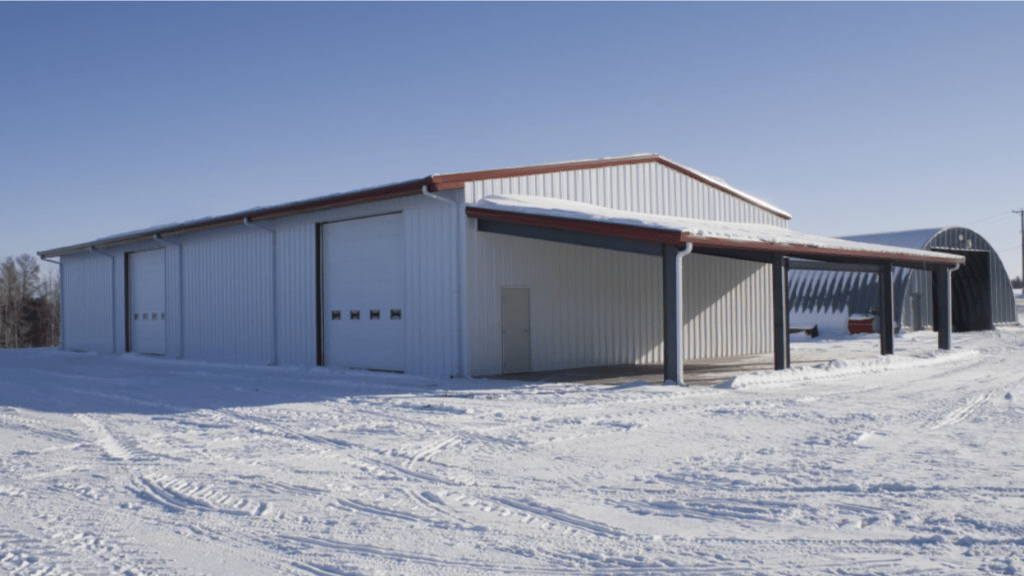Pre-engineered Metal Buildings (PEMBs)
PEMB Building Codes. PEMB offer a versatile and efficient construction solution. Local building codes must be followed in this type of construction so that the PEMB can withstand the location-specific climatic and seismic forces, thus the location information, which includes ZIP code and elevation, is critical when designing these structures.
Understanding PEMB Building Codes
Building codes are a set of regulations designed to govern the layout, construction, and maintenance of built structures. They vary by jurisdiction, reflecting the realities of local climate and seismic activity, among others, and failure to abide by a building code can bring legal issues, safety hazards or even lead to the collapse of a structure.
The Role of Location in PEMB Design
The location of a PEMB significantly impacts its design and engineering:
Climate:
Extreme weather can dictate design. A hurricane, tornado, or simply heavy snow require structural integrity Building in hurricane-prone areas will have to account for high wind loads, while others in heavy snow regions will have to anticipate the snow load.
Seismic Activity:
Areas prone to earthquakes necessitate seismic-resistant design features to mitigate damage. These features can include reinforced concrete foundations, base isolation systems, or shear walls.
Snow Load:
The amount of snow a building can hold up to depends on the climate of the region it’s in. Buildings in snowy areas may need to have thicker roofs or additional beams within them to support the load.
Wind Load:
Buildings in areas with high wind speeds require specialized design features to resist wind pressure. These features can include stronger structural members, reinforced connections, and wind-resistant cladding.
Elevation:
Temperatures, humidity and atmospheric pressure all vary with elevation, so the design will have to take this information into consideration. For example, buildings higher in the mountains will likely require altered heating and cooling systems to account for colder temperatures and lower air pressure.
The Importance of Accurate Location Information
Providing accurate location information, including ZIP code and elevation, is essential for the following reasons:
Code Compliance:
Engineers can ensure that the PEMB design meets all applicable local PEMB building codes, avoiding costly modifications or delays.
Structural Integrity:
Accurate location data allows for proper design considerations to address potential hazards and ensure the building’s safety. For example, a building in a high-wind area may require additional bracing to withstand strong winds, while a building in a seismic zone may need to be designed to resist earthquake forces.
Energy Efficiency:
With an address in hand, engineers can determine what to do in order to maximise a building’s energy efficiency. For example, a building in an area with high solar radiation should ideally have solar panels or passive solar design features to cut down energy use.
Permitting:
Accurate location information is necessary for obtaining the required permits and approvals from local authorities. Providing the correct location ensures that the building meets all zoning requirements and other regulations.
Working with a Qualified PEMB Supplier
When selecting a PEMB Pre Engineered Metal Building Supplier, it’s crucial to choose one that has experience working with local building codes. A reputable supplier will have the knowledge and resources to ensure that the building is designed and engineered to meet all relevant regulations.
By providing accurate location information, you can help ensure that your PEMB project is designed, engineered, and constructed to meet the highest standards of safety, compliance, and performance.

